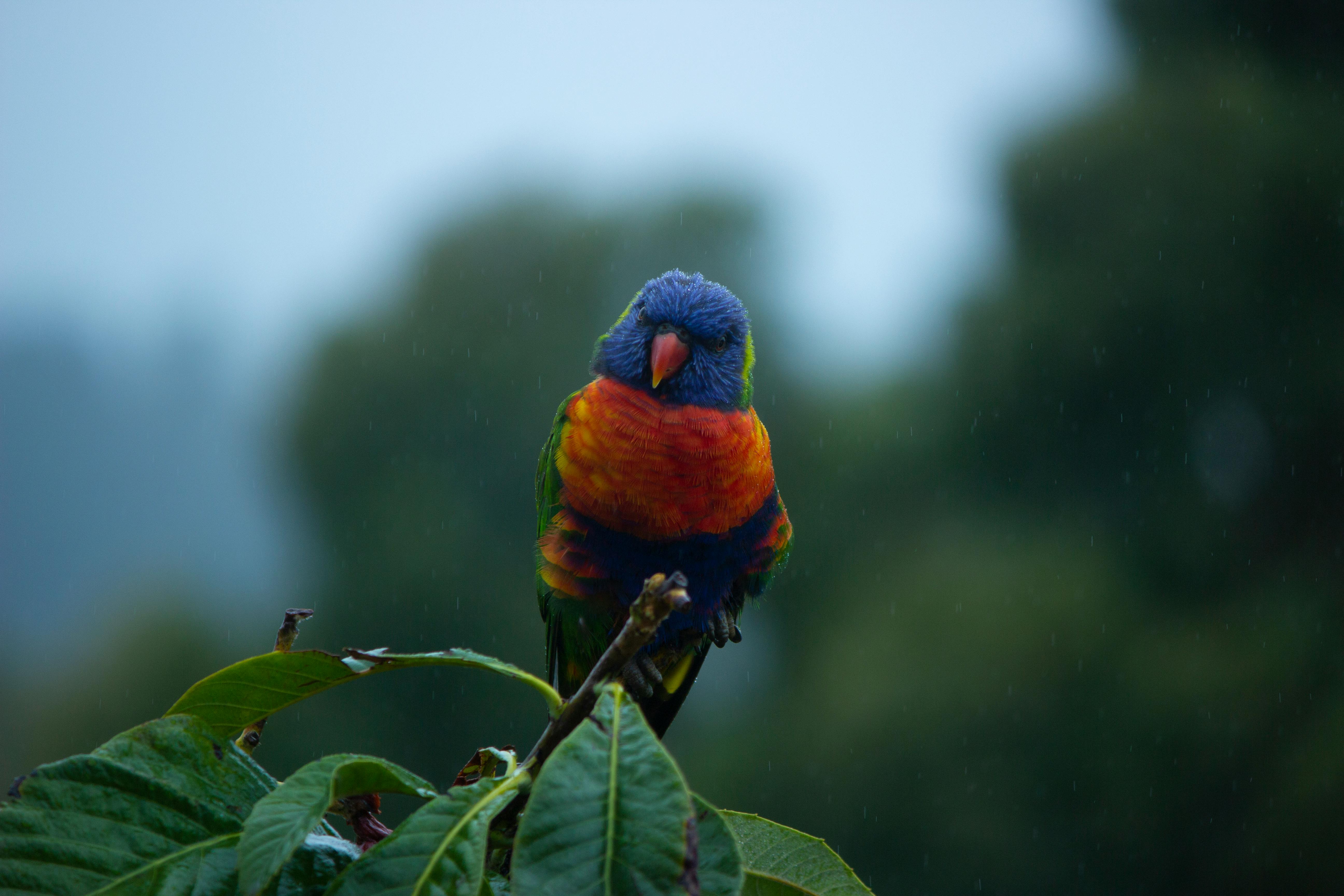
Smart Ways to Understand Hare vs Rabbit Differences in 2025
In the fascinating world of wildlife, understanding the distinctions between hares and rabbits is crucial for ecological awareness and conservation efforts. Despite their superficial similarities, these two members of the lagomorph family exhibit stark differences in behavior, habitat, diet, and adaptations. With advances in research and conservation, 2025 presents an opportune moment to delve deeper into the traits that separate these two remarkable animals.
This article explores various aspects of hares and rabbits, highlighting their unique characteristics and habitats while debunking common myths. By understanding these differences, we can foster a greater appreciation for these animals and contribute to their conservation efforts. Key takeaways will be summarized to facilitate your understanding of hare vs rabbit distinctions. Together, let's embark on this enlightening journey!
Exploring Hare and Rabbit Characteristics
Building on the fundamental differences, let's delve into the specific characteristics that define hares and rabbits. Understanding their physical traits can significantly enhance our appreciation of these animals' adaptations to their environments.
Physical Appearance of Hares and Rabbits
Hares tend to have longer legs and larger ears compared to rabbits, which aids in their agility and speed. For instance, the European hare can reach speeds of up to 45 mph, making it one of the fastest terrestrial mammals. In contrast, the average cottontail rabbit generally maxes out at around 30 mph. This size difference is evident: hares can weigh between 4-10 pounds, whereas rabbits typically range from 2-5 pounds, establishing their roles in their respective ecosystems.
Fur Characteristics
The fur of hares and rabbits showcases crucial adaptations to their environments. Hares possess longer, denser fur that often changes color with the seasons. For instance, the brown hare transitions to a white coat in winter for camouflage. On the other hand, rabbits have softer, shorter fur, with domestic breeds exhibiting a variety of colors and patterns. This fur serves as insulation and protection in both species, showcasing their remarkable adaptations.
Behavioral Traits
When it comes to behavior, there are distinct differences between hares and rabbits. Hares are usually solitary creatures, preferring to roam independently, while rabbits exhibit social behavior, often living in groups called warrens. Hares rely on speed and agility to escape predators, while rabbits rely on their burrowing abilities and camouflage. These behavioral traits are crucial for their survival in the wild, showcasing their adaptations to predation.
Habitats of Hares and Rabbits
After understanding the unique characteristics of both species, the next focus is their habitats. Knowing where these animals thrive can reveal much about their survival strategies and environmental requirements.
Common Habitats of Hares
Hares generally inhabit open fields, grasslands, and woodlands. Their preference for open spaces stems from their need for room to run and evade predators. For example, European hares often dwell in farmland meadows, where they can find abundant food sources while being able to quickly escape from danger. They create simple nests in depressions to hide their young, often referred to as leverets.
Rabbit Habitats
In contrast, rabbits are found in a variety of habitats, including forests, grasslands, and even urban areas. Their burrowing nature requires specific soil types for constructing extensive burrow systems. Domesticated rabbits, often kept as pets, adapt well to human environments, showcasing their versatility. Wild rabbits, like the cottontail, thrive in shrubby areas and fields where they can easily find food and shelter.
Impact of Human Activities
Habitat destruction due to urban development and agriculture has a significant impact on both hares and rabbits. Fragmentation of their natural environments can lead to a decline in populations. Conservation efforts focus on protecting their habitats, ensuring they have safe areas to thrive. Understanding these habitat preferences leads to better wildlife management strategies.
Dietary Differences: Hares vs. Rabbits
Building on habitat distinctions, the dietary habits of hares and rabbits further set them apart. Their diets not only reflect their ecological role but also their adaptations to available resources.
Hare Diet and Foraging Habits
Hares are herbivores with a diet primarily consisting of grasses, leaves, and shoots. In the wild, they are known to consume a variety of plant materials, adapting to seasonal availability. They tend to forage during twilight and dawn, taking advantage of cooler temperatures to avoid predator encounters. The ability to select nutritious plant parts, such as tender leaves in spring, showcases their foraging skills.
Rabbit Diet and Foraging Techniques
Conversely, rabbits primarily eat grasses, vegetables, and fruits. Domesticated rabbits have different dietary needs, often relying on hay and formulated pellets. Wild rabbits exhibit an interesting behavior called coprophagy, where they consume their droppings to maximize their nutrient intake. This unique adaptation aids in digestion and nutrient absorption, illustrating their survival strategies.
Understanding Diet-Related Conflicts
Competition for food sources can lead to conflicts between species, particularly in shared habitats. Overgrazing by domestic rabbits can impact wild populations, leading to a decline in food availability. Conservation measures must consider the dietary needs of both hares and rabbits to ensure balanced ecosystems.
Breeding Habits: Insights into Life Cycles
Having explored diet, understanding the reproductive strategies of hares and rabbits further illustrates their biological differences and implications for population dynamics.
Hare Breeding Practices
Hares typically have a gestation period of around 42 days and can produce multiple litters each year. Unlike rabbits, hares give birth to fully furred young that can hop shortly after birth. This adaptation allows leverets to evade predators more effectively. Hares are generally more solitary in their breeding habits, often seeking mates for short periods. The lack of nesting behavior indicates their reliance on camouflage over secure denning.
Rabbit Reproductive Strategies
In stark contrast, rabbits' gestation lasts about 30 days, and they can produce larger litters. They utilize nests for giving birth, which provides safety for their young. Rabbit kits are born hairless and blind, requiring extensive care. These social animals often display group breeding behaviors, which can lead to higher survival rates for the young due to increased parental vigilance.
Implications for Conservation
Understanding these reproductive differences is vital for conservation strategies. Hares face significant challenges due to their slower reproduction rates compared to rabbits. Protecting breeding grounds and considering their unique reproductive practices is critical in maintaining hare populations, reflecting a need for targeted conservation efforts.
Addressing Common Myths about Hares and Rabbits
With awareness of hares and rabbits established, it is essential to address prevalent myths that skew public perception. Managing these misconceptions will aid in fostering a better understanding of their ecological roles.
Common Misunderstandings
One prevalent myth is that all rabbits and hares are the same, leading to confusion regarding their individual conservation needs. People often overlook their unique adaptations, habitats, and behaviors, which are crucial for understanding their ecological roles. Additionally, some assume domesticated rabbits share the same characteristics and behaviors as wild counterparts, which can lead to improper care and management.
The Cultural Significance of Hares and Rabbits
Hares and rabbits have rich cultural symbolism in folklore and art, often representing fertility and renewal. Understanding their deep-rooted connections to cultural narratives can enhance appreciation and respect for these creatures. For instance, the story of the tortoise and the hare illustrates the hare's speed, which translates into broader themes of competition and perseverance.
Conservation Awareness and Strategies
By debunking myths, individuals can contribute to conservation awareness. Education around hare and rabbit differences highlights the importance of preserving their natural habitats and reinforces the need for responsible pet ownership, particularly concerning domesticated rabbits. Community involvement in local wildlife protection initiatives can further amplify awareness and foster empathy for these animals.
Concluding Thoughts on Hare vs Rabbit Differences
With diverse characteristics, habitats, diets, and breeding habits, understanding the differences between hares and rabbits enriches our appreciation for wildlife. Recognizing their unique adaptations and behaviors not only aids in conservation efforts but also enhances our connection to nature.
To successfully coexist with these fascinating animals, continue to educate yourself and others about their ecological roles and needs. Supporting conservation initiatives and advocating for responsible animal ownership contribute significantly to the sustainability of hares and rabbits for future generations. Today may represent an opportunity to learn, but tomorrow holds the promise of action!
 example.com/image2.png
example.com/image2.png
 example.com/image3.png
example.com/image3.png